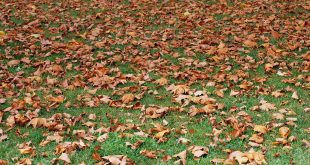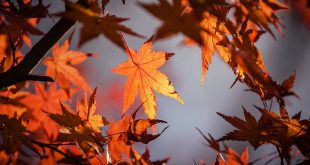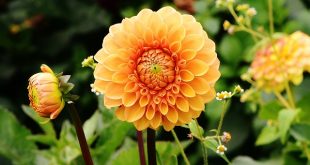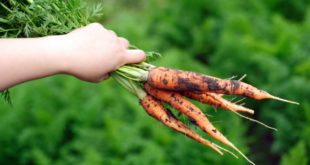Spring marks the awakening of not only our gardens but also of the essential pollinators that help them thrive. Bees, butterflies, hoverflies, and even some beetles play a vital role in fertilizing plants, ensuring the production of fruits, vegetables, and seeds. But with habitat loss and declining pollinator populations, gardens have become increasingly important as safe havens.
The good news? With a few thoughtful choices, any garden—big or small—can support pollinators. Here’s how to turn your outdoor space into a buzzing hub of life this spring.
🌸 1. Choose Pollinator-Friendly Plants
Start with a diverse mix of nectar- and pollen-rich plants that bloom from early spring through late autumn. Include:
- Early bloomers: Snowdrops, crocuses, hellebores, and lungwort give bees a vital food source at the start of the season.
- Spring/Summer staples: Foxglove, lavender, salvia, alliums, catmint, and echinacea are loved by many pollinators.
- Late-season saviors: Sedum, asters, and ivy flowers provide food into autumn.
📝 Tip: Choose native plants whenever possible—they’re best suited to local pollinators.
🐝 2. Go for Variety
Pollinators come in all shapes and sizes, so plant a variety of flower shapes:
- Tubular flowers for long-tongued bees and butterflies (like penstemons and honeysuckle).
- Open, daisy-like flowers for short-tongued species (like cosmos and coreopsis).
- Clusters of small flowers (like yarrow and verbena) for hoverflies and other insects.
🚫 3. Avoid Pesticides
Pesticides—especially neonicotinoids—are harmful to pollinators. Even “natural” sprays can be dangerous if used at the wrong time.
- Try alternatives like companion planting or introducing beneficial insects (like ladybirds).
- If you must use a spray, do it early in the morning or late in the evening, when pollinators are less active, and always follow instructions carefully.
🌿 4. Provide Habitat and Shelter
Pollinators need places to live and breed—not just flowers to feed from.
- Leave some areas a little wild: unmown grass, hollow stems, or leaf piles offer valuable shelter.
- Install bee hotels to support solitary bees like mason bees and leafcutters.
- Create a log pile or rockery for beetles and other beneficial insects.
💧 5. Offer Water Sources
Insects need water to survive, especially in hot weather. Provide shallow dishes with pebbles so pollinators can land safely to drink. A small pond or water feature also supports amphibians and other wildlife.
🌻 6. Practice Succession Planting
Plan your garden so there’s always something blooming:
- Combine bulbs, annuals, perennials, and flowering shrubs to cover the whole season.
- Group the same plants together to form ‘flower islands’—easier for pollinators to find than isolated blooms.
🦋 7. Include Host Plants for Butterflies and Moths
It’s not just about nectar—some pollinators need specific plants to lay their eggs and feed caterpillars.
- Nettles support red admiral and comma butterflies.
- Bird’s-foot trefoil attracts common blues.
- Holly and ivy support the holly blue butterfly.
Don’t be afraid of a few chewed leaves—it means your garden is part of the lifecycle.
🌼 Final Thoughts
Creating a pollinator-friendly garden doesn’t mean sacrificing beauty—it enhances it. A thriving, buzzing garden is not only good for the environment but also joyful to be in. By planting with purpose and welcoming nature in, you’re playing a part in protecting the tiny workers that keep our ecosystems balanced.
This spring, let your garden grow wild with life—and enjoy the colorful, fluttering, buzzing rewards.
 Gardeners Club The Gardeners Club is a free to join online club for everyone with an interest in gardening and gardens.
Gardeners Club The Gardeners Club is a free to join online club for everyone with an interest in gardening and gardens.






